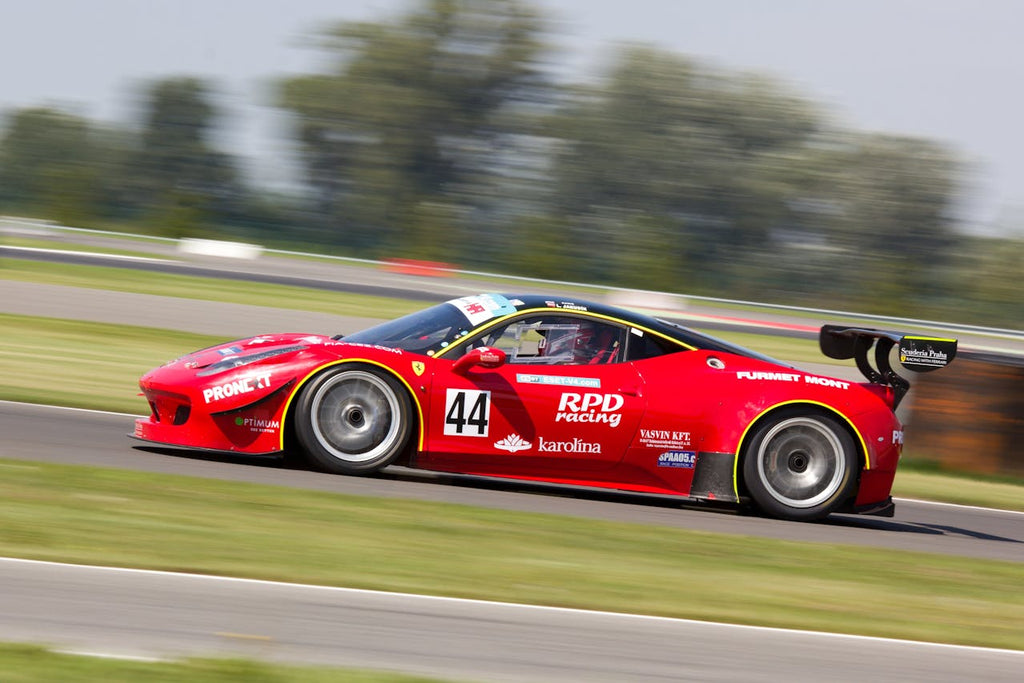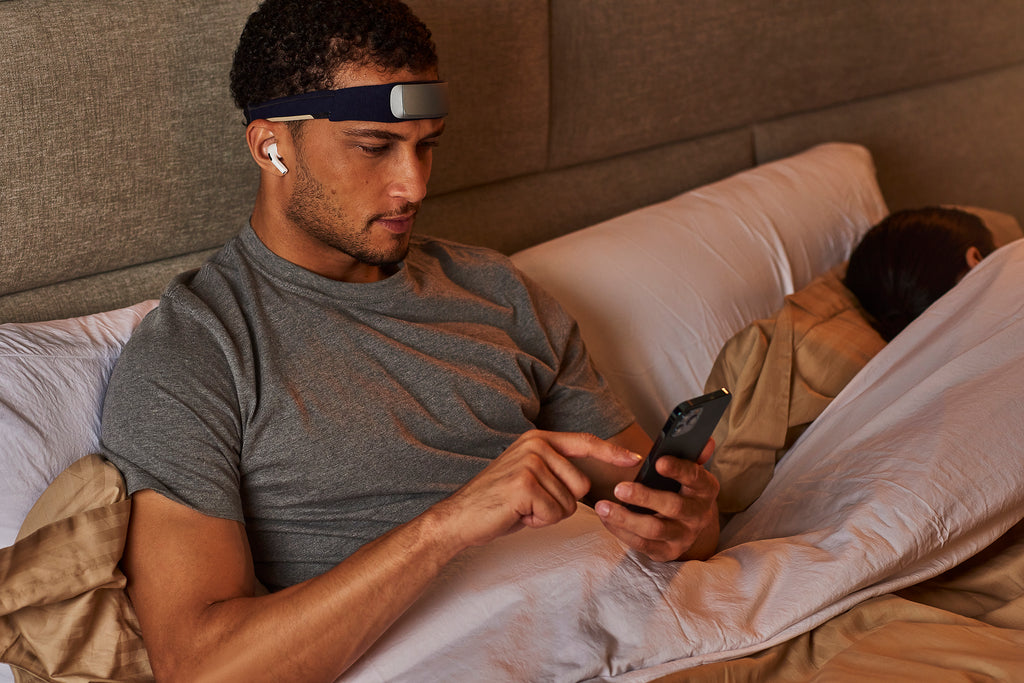The future of wearable technology and how it can improve racing performance

From tracking everything from our step count to our sleep stages, wearable technology is changing the game when it comes to health tracking. It’s making the unknown visible and giving us real-time data to help us live, work, and train smarter. With an up-close look at the human body, we’re able to gain new insight into our mental and physical potential.
These technologies are being used in sports to not only help boost players’ performance but also help prevent injury and let athletes know when they should recover. One sport, in particular, is getting faster with this cutting-edge technology: car racing.
Watch Muse x The Racing Mind with Mark Webber
THE RACING MIND at Goodwood SpeedWeek from Collaborate Global on Vimeo.
How wearable technology is helping racers drive smarter
In the competitive world of car racing, there’s a lot of data on race cars but surprisingly little on the actual racer. Until now, the mental state of the driver behind the wheel has been otherwise unknown. And so too were the answers to questions like: Are they stressed? Are they distracted? What’s their level of focus?
In a sport where races are won by seconds, having real-time answers to these questions can help racers optimize their performance and shave critical seconds off their time.
Drivers can proactively train qualities like focus, mental strength, and well-being using neurofeedback that delivers brain insights. Neuroscientist Dr. Tony Steffert explains that when it comes to performance, there’s an optimal state for racers.
“It’s about matching your arousal with the demand of the task. If you have a really difficult task, you don’t want to be too excited or you’ll miss lots of detail. Equally, if it’s a boring task, you don’t want to be too under aroused because you’ll make silly mistakes.” - The Racing Mind
The drivers’ team, or pit crew, can also make smarter real-time decisions with visibility into the driver’s current state. Dr. Steffert says that because we have a narrow attention space, getting instructions from a pit crew while driving can be distracting, especially if you’re stressed. Real-time EEG feedback could reveal to the pit crew that stress levels are higher for drivers coming around a corner, and thus they should wait until the straightaway—when the driver is calmer—to give instructions.
Professional race car driver Mark Webber and his race-time brain
To get a closer look at the impact EEG and wearable technology can make on performance, British television network ITV teamed up with Dr. Steffert on the segment “The Racing Mind.” In the experiment, British TV host Dermot O’Leary faced off against professional Australian race car driver Mark Webber so their brain activity could be observed with the Muse S Headband while racing. Equipped with an EEG-powered Muse S device around their foreheads, they hit the speedway.
Dr. Steffert first wanted to see where Mark’s brain sat on the arousal curve. He hypothesized that, as an expert racer, Mark should have good control of his prefrontal cortex —the part of the brain associated with focus, emotion management, and impulse control.
And that even if he is aroused, he should be able to maintain focus and block out distractions, which would be much more difficult for a novice like Dermot.
While they lapped the track, Dr. Steffert received real-time data from the drivers’ Muse S devices that did, in fact, underscore his hypothesis. Regardless of if Mark was behind the wheel or not, he stayed relatively relaxed and at an optimal state of arousal. Dermot, on the other hand, was noticeably more anxious which only increased the longer he was behind the wheel.
The experiment revealed how an EEG device can help Mark and Dermot make better decisions at the moment on the track as well as reveal how they should tweak their pre-race preparation based on how they’re expected to react mid-race. For example, studies have shown that meditation with neurofeedback could help improve performance by reducing the type of brain activity associated with voluntary movement control.
How other sports and workplaces are adopting wearables
Wearable technology has transcended its early fitness and health tracking roots to become an integral tool for optimizing performance across a diverse range of activities, from public speaking and workplace focus to peak performance training and improved sleep.
In recent years, notable collaborations between tech giants and sports brands have emerged. For example, Google and Adidas teamed up to develop a smart soccer cleat insert that captures a player's on-field data. This wearable tracked distance covered, speed, ball impact, and player collisions, offering insights that can be used to enhance performance.

Another significant advancement in wearable technology is the introduction of advanced sleep trackers. The Muse S Headband offers a sleep tracker feature that monitors to your mind, heart, and breath.
With 86% accuracy in detecting sleep patterns, the Muse S Headband aligns closely with sleep experts' assessments, providing reliable sleep monitoring from the comfort of your home. Our sleep wearable is designed to provide a deeper understanding of your focus, sleep quality, and recovery, enabling you to optimize your daily performance and nightly rest.
As competitive sports continue to grow in global popularity and stakes, athletes and sports teams are increasingly adopting EEG devices and other wearables to secure a competitive edge. Beyond motivating us to stay active, devices like sleep stage trackers offer valuable insights into our recovery and rest needs.
